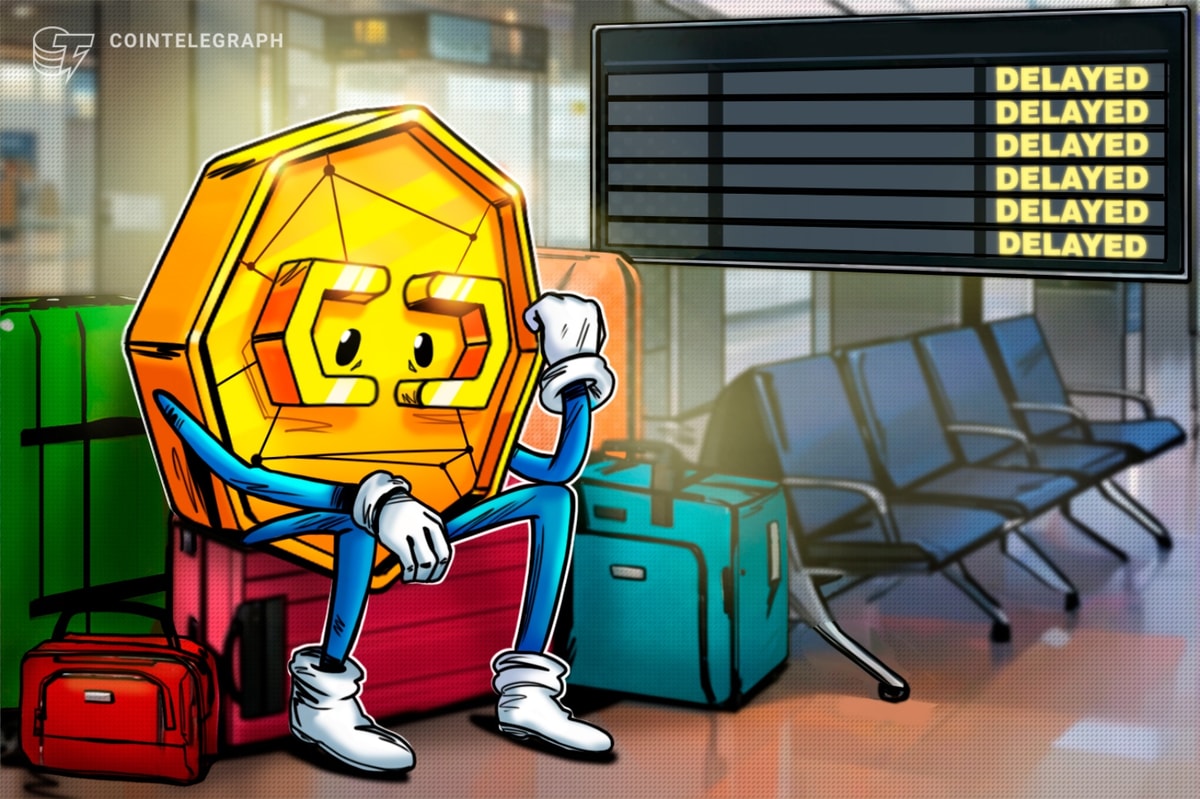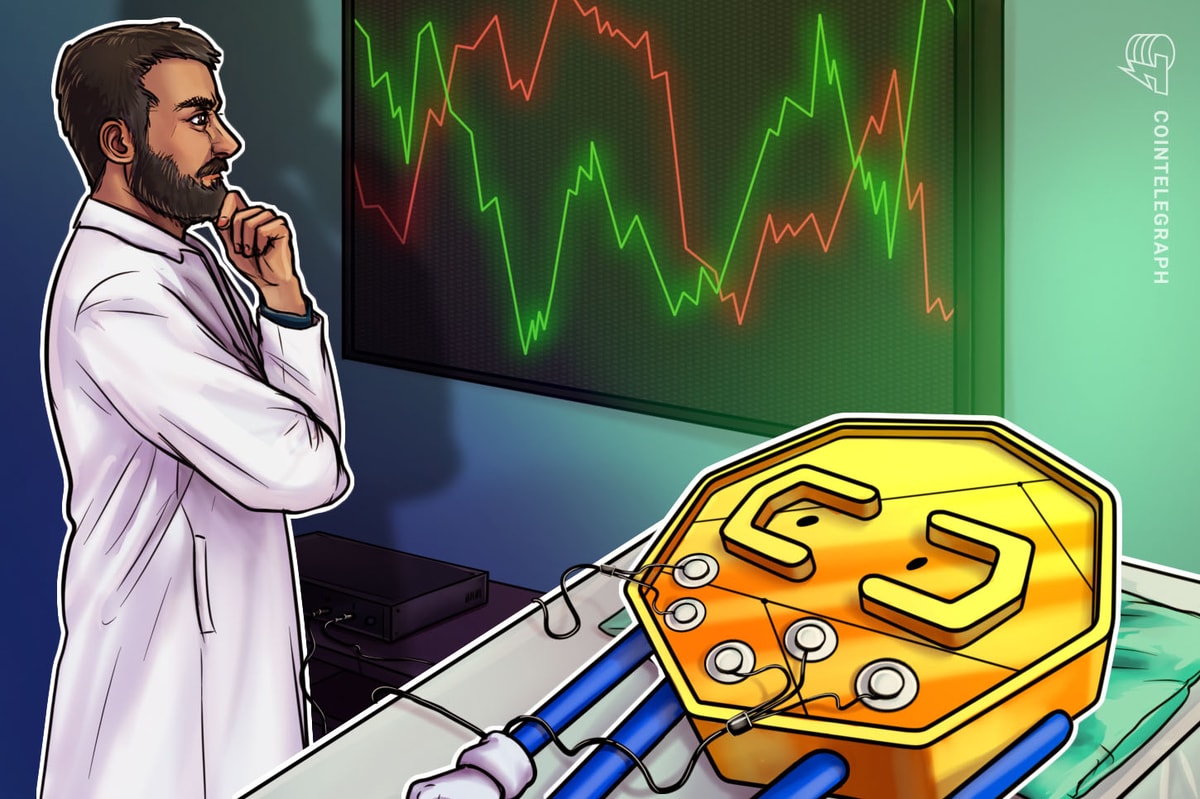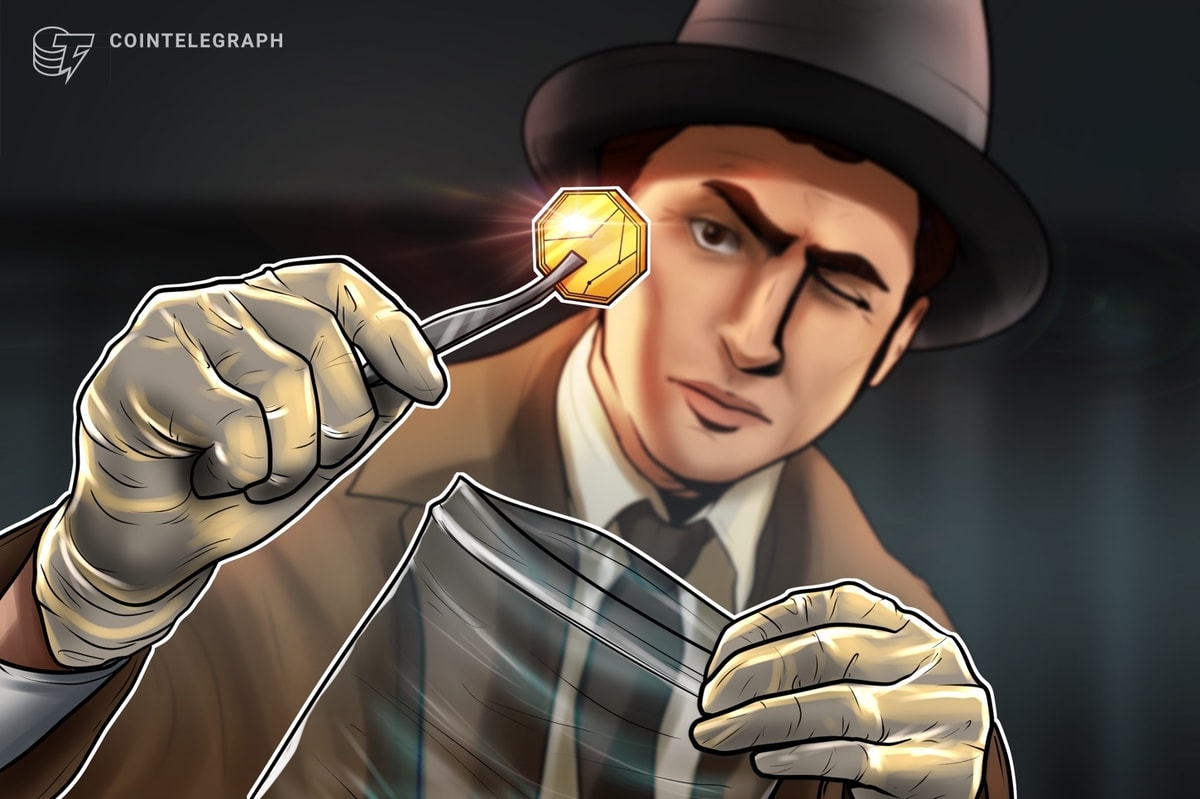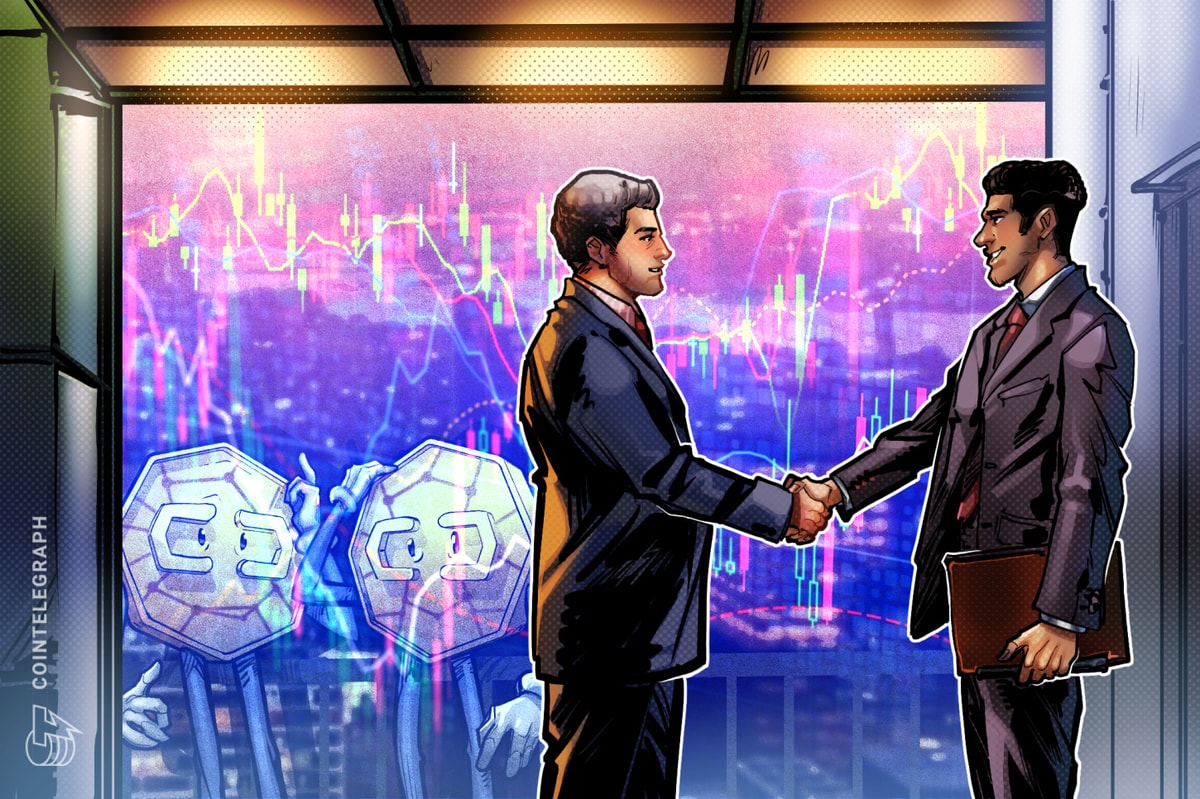As part of its Black Thursday mitigation efforts, MakerDAO introduced USDC as a form of collateral. While this was an emergency measure, it touched the very sensitive topic of centralized collateral assets in Maker (MKR).
The concept of decentralization underpins the entire existence of crypto, serving as a core ideology. Historically, decentralization has clashed with the need to be pragmatic in creating useful products.
An example of that is the 2016 DAO hack that led to the split between Ethereum and Ethereum Classic. The controversy swung between the idealistic concept of “code is law” and the pragmatic realization that code can be faulty — and that the consequences of those faults should be corrected.
The complex interaction between decentralization and pragmatism entered a whole new dimension in decentralized finance (DeFi). The actions of the Maker community in response to Black Thursday best exemplify this interaction, as the debates often centered on whether it was “right” to add centralized collateral or repay the victims of the crash.
Pragmatism seems to be winning in the community, for now. But Cointelegraph’s interview with Rune Christensen showed that his own ideas are also a complex amalgam of ideology and pragmatism.
For one, he has traditionally favored the idea of relying on centralized collateral to support the decentralized DAI stablecoin.
The case for centrally-tokenized assets
Cointelegraph asked Christensen why he is so supportive of adding centralized collateral to DAI. He prefaced his answer by saying:
“What matters in this discussion is that Maker protocol, and DeFi in general, is about creating real value and real use, in the real world. It's not the ideology that's the most important.”
In his view, choosing good collateral is all about risk management, and both centralized and decentralized assets can present risk.
For centralized assets such as the USDC stablecoin, their issuer has the right to freeze funds — which if done on Maker collateral would instantly destabilize the system. In addition, the issuer of that asset could fail in a variety of ways and bring down the token’s peg with it.
But Christensen believes that decentralized assets have risks of their own, namely their volatility. He summarized his thoughts:
“There’s Ethereum and then there’s a centralized stablecoin, or generally, speculative crypto versus tokenized fiat. It’s almost like they’re at completely opposite ends of the risk spectrum. So the two types of assets actually complement each other quite well.”
He added that relying on just one stablecoin is not ideal, but “spreading out that risk across five different stablecoins” would be an “obvious next step.”
In any case, Christensen stressed that the responsibility rests with the Maker community:
“It is the MKR holders that make this type of decision, with this alignment of incentives that if they make the wrong decision and take a big risk [...] the MKR holders have to pay for the loss.”
This type of thinking showcases some of Christensen’s ideological side.
The complex journey of decentralizing Maker
Some may be surprised to discover that Maker was born in late 2014, well before even Ethereum’s launch in July 2015. Christensen recalled those times:
“From the very beginning of the project, I naively thought that all I would need to do is to write the white paper, and then I could just leave it to the decentralized community to take care of.”
He noted that the project was initially “incredibly decentralized” as it was him and a few co-founders working on it. But that approach didn’t work, and the foundation was born to direct the development of the project. He added:
“Over the years I kept running into it [...] My ideology and my hope for how DeFi and blockchain would play out kept crashing into reality. It turns out actually you do, quite often, need someone to make the tough decisions and make sure of things.”
On April 3 — shortly before the interview — the Maker Foundation announced its concrete plan to dissolve itself as MakerDAO reaches full decentralization.
It is perhaps not a coincidence that Christensen stayed out of the community’s decision-making after Black Thursday. While he did not admit this directly, the timing of these events suggests that, at least in part, he was testing the community — to see if it could make the “tough decisions” on its own.
It appears that the community passed it with flying colors, and it will be rewarded with all the resources necessary to continue development of Maker. Speaking about his own role at the end of the journey, he said:
“When the day comes, when I'm just not that useful anymore […] That's something I'm going to be very happy about.”











